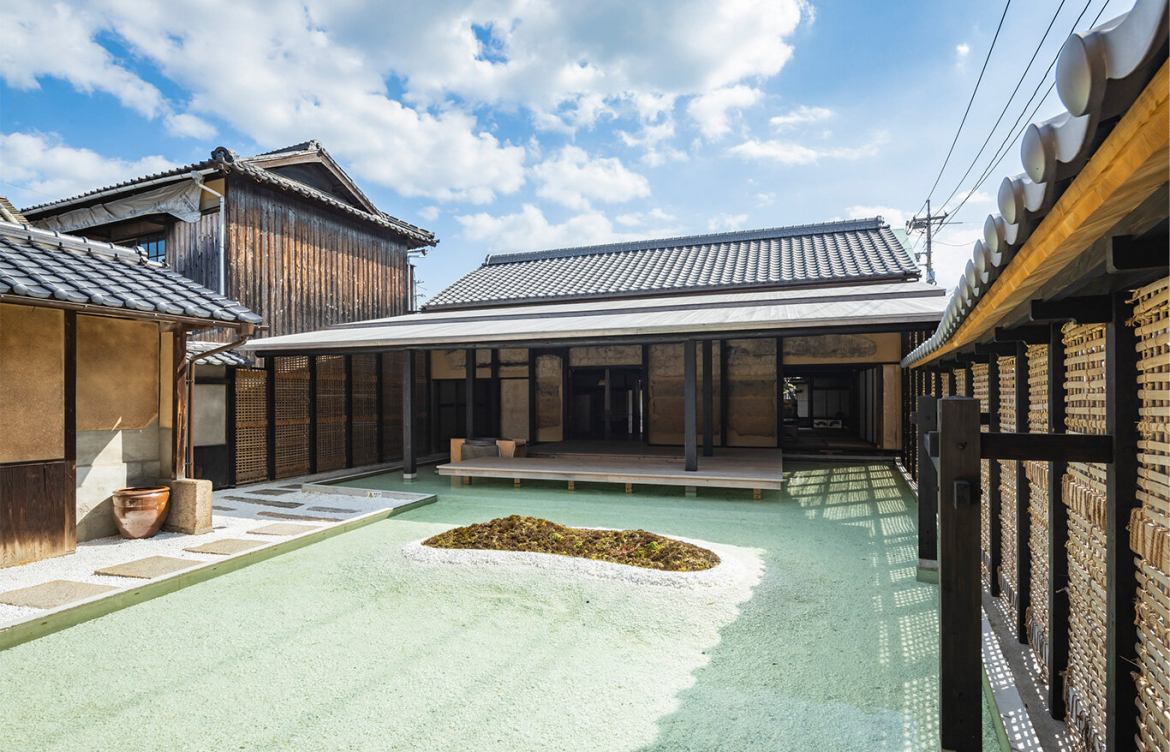
Navigating the Art-Filled Isles of Naoshima and Teshima
Unveiling Japan’s Hidden Artistic Gems
Art has the power to transform, and nowhere is this more evident than in the art-infused islands of Naoshima and Teshima in Japan’s Seto Inland Sea. Join me on a journey through these captivating landscapes, where Tadao Ando’s architectural marvels, Yayoi Kusama’s whimsical creations, and the fusion of art with nature create a truly immersive experience.
1. Benesse House: Where Art Meets Accommodation
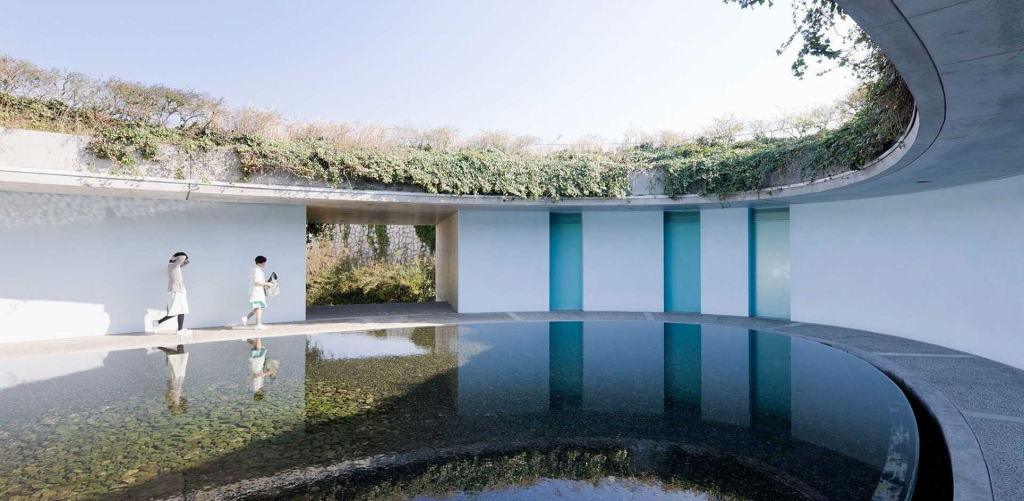
Our exploration begins at Benesse House, a masterpiece blending contemporary art, architecture, and hospitality. Tadao Ando’s clean lines and minimalistic aesthetics redefine the relationship between art and nature. Explore the Museum, Oval, Park, and Beach buildings, each offering a unique stay surrounded by art.
2. Yellow Pumpkin: Kusama’s Iconic Seascape Sculpture

Behold the iconic Yellow Pumpkin, a creation of Yayoi Kusama, strategically placed to interact with the island’s natural beauty. Discover the symbolism behind Kusama’s pumpkin sculptures and the recent upgrades ensuring its enduring presence.
3. Chichu Art Museum: A Subterranean Art Sanctuary

Descend into the Chichu Art Museum, a subterranean marvel featuring works by Monet, De Maria, and Turrell. Advance reservations guarantee an intimate art experience, where architecture seamlessly blends with the natural surroundings.
4. Lee Ufan Museum: Tranquility Amidst Nature
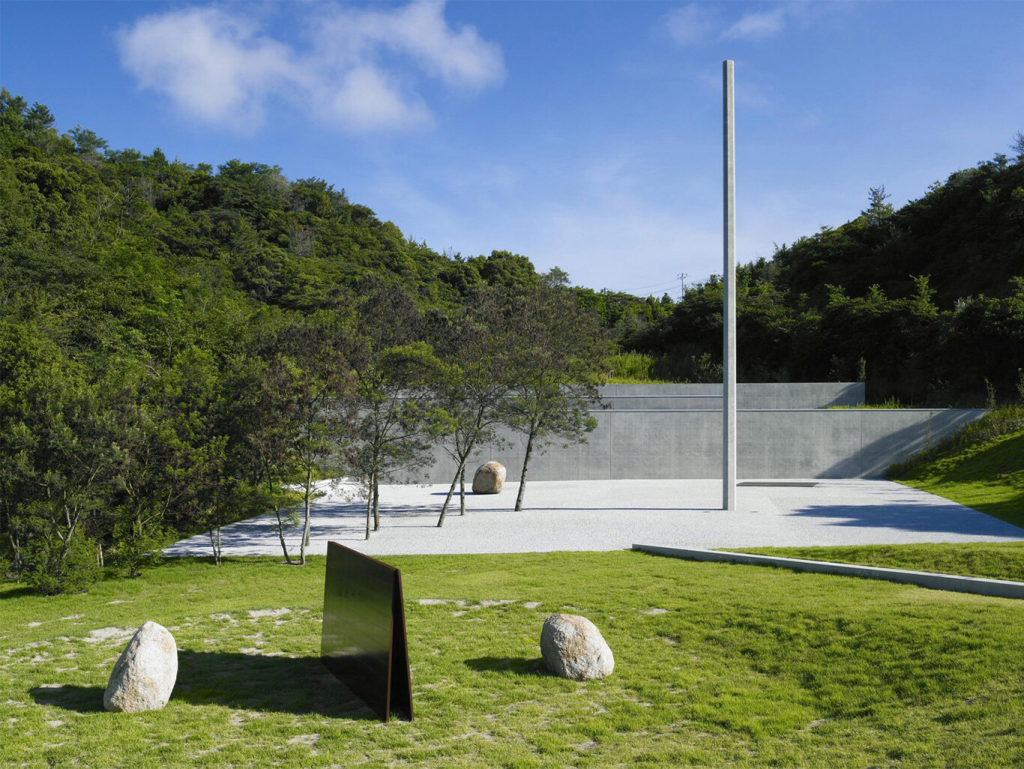
Embark on the free shuttle to the Lee Ufan Museum, dedicated to the works of Korean artist Lee Ufan. Marvel at expansive installations amidst serene valleys, offering a tranquil escape and a unique perspective on art.
5. Valley Gallery: Ando’s Architectural Innovation
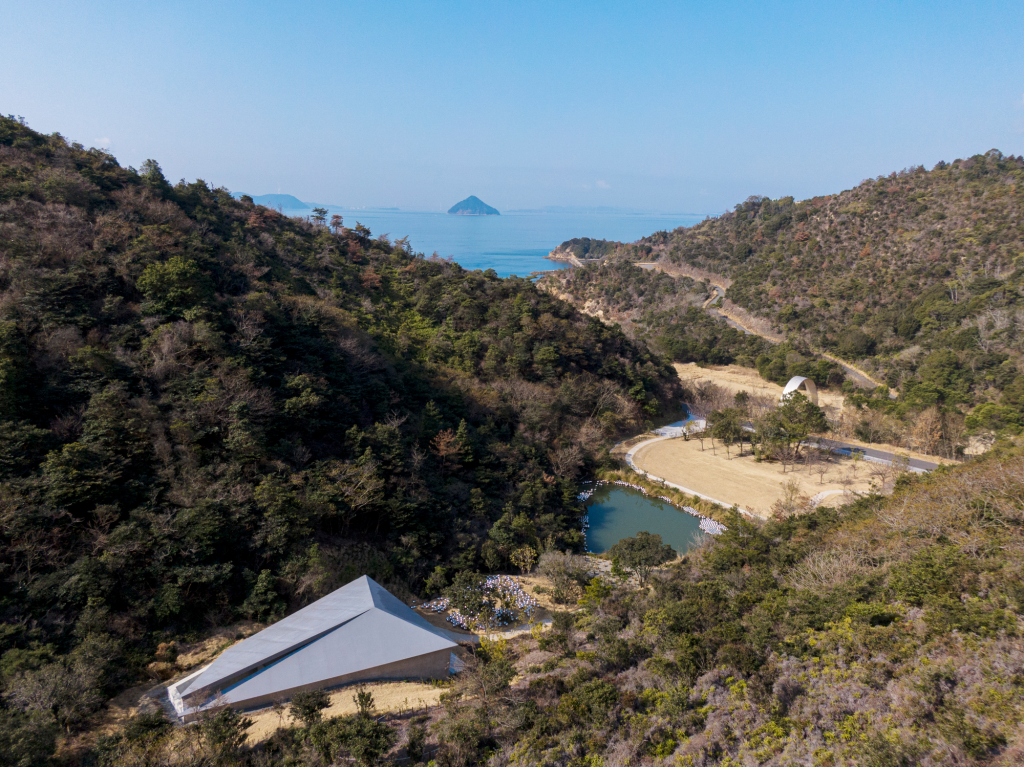
Opposite the Lee Ufan Museum, the Valley Gallery showcases Tadao Ando’s architectural brilliance. Experience Kusama’s ‘Narcissus Garden’ and immerse yourself in a space colored by shifting light—a testament to Ando’s pure and simple architectural canvas.
6. Honmura District: Where Tradition Meets Contemporary Art
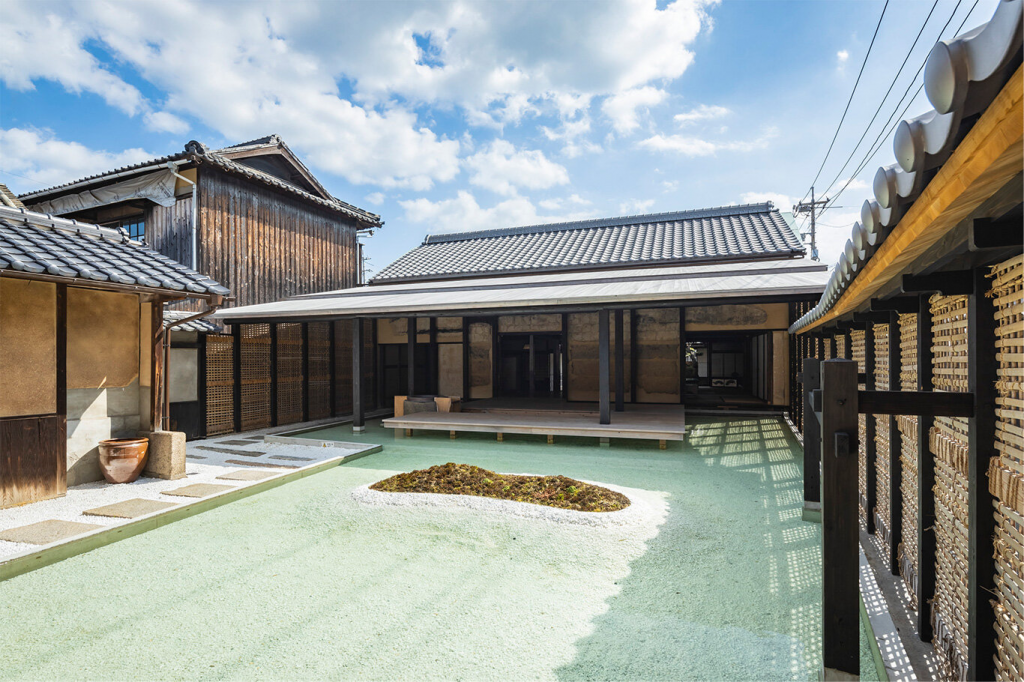
Wander through the Honmura District, where traditional Japanese village charm meets contemporary art installations. Explore quaint cafes, shops, and local eateries, creating a captivating contrast between history and innovation.
7. Art House Project: Transforming Tradition into Art Spaces
Dive into the Art House Project, a visionary endeavor converting Edo-period houses into contemporary art spaces. Experience the seamless blend of tradition and innovation, where art breathes new life into historical structures.
8. Ryokan Roka: A Fusion of Tradition and Modern Art
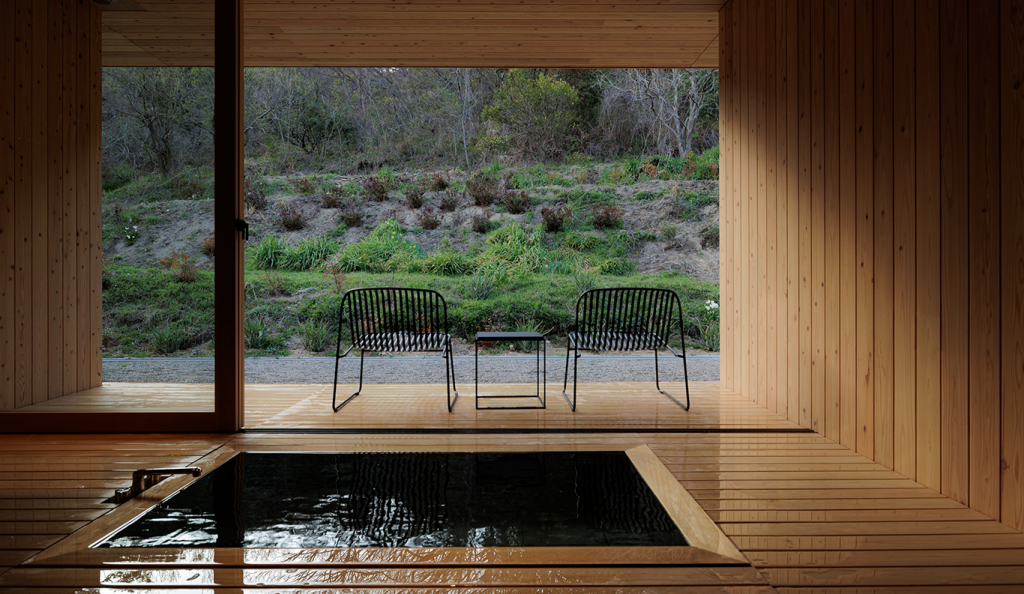
Opt for a unique stay at Ryokan Roka, Naoshima’s first authentic Japanese inn. Immerse yourself in the beauty of satoyama landscapes while indulging in modern Japanese design elements. Savor a Sushi Kaiseki Course and Japanese breakfast for a complete experience.
9. Teshima: The Artistic Odyssey Continues
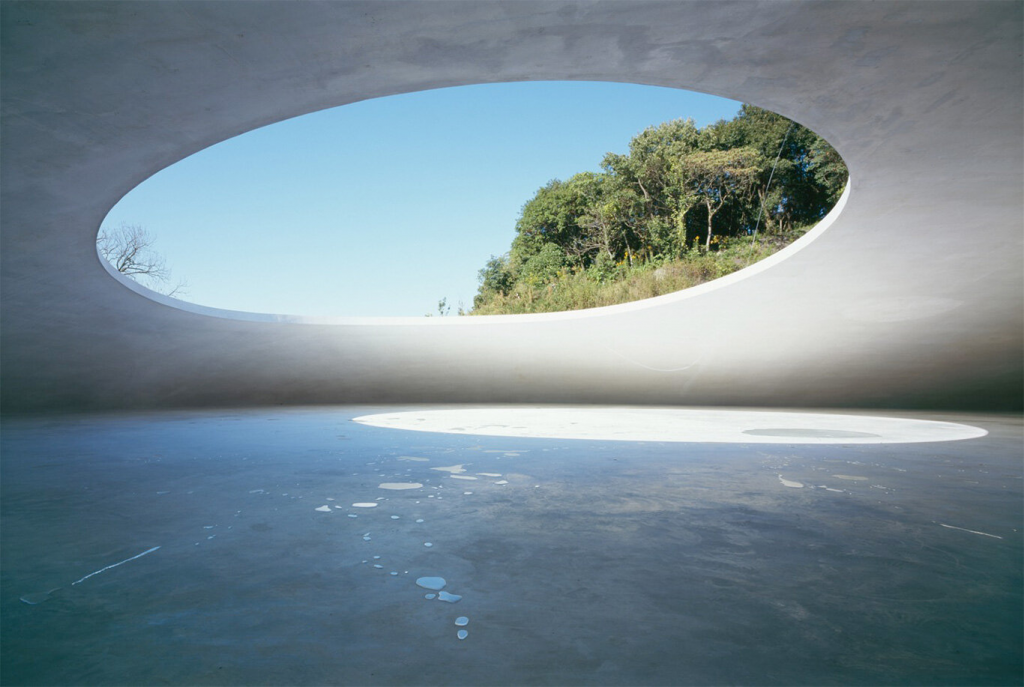
Embark on the adventure to Teshima Island, home to the transformative Teshima Art Museum. Designed by Ryue Nishizawa and Rei Naito, this shell-like structure blurs the boundaries between art and nature, creating a sensory journey.
10. A Culmination of Art and Nature: Teshima’s Tranquil Beauty
Despite the challenges of reaching Teshima, the island’s serene atmosphere and transformative art experiences make the journey worthwhile. Delve into the nuanced sensations created by rain, sunlight, and the perpetual motion of water within the museum.
Conclusion: A Tapestry of Art, Nature, and Serenity
In conclusion, the art-filled islands of Naoshima and Teshima offer a unique blend of contemporary art, traditional charm, and immersive experiences. Whether exploring museums, wandering through historic districts, or indulging in traditional Ryokan stays, these islands promise an unforgettable journey.
FAQs
- Is photography allowed in the museums?
- No, most museums have restrictions on photography to maintain a contemplative atmosphere.
- How do I reach Teshima from Naoshima?
- Take a ferry from Naoshima to Teshima, and once on Teshima, options include a taxi or bike rental for transportation.
- Are advance reservations required for museums?
- Yes, especially for Chichu Art Museum, where timed entry ensures an intimate art experience.
- What is the significance of the Yellow Pumpkin?
- Yayoi Kusama’s Yellow Pumpkin symbolizes positivity, fertility, and a connection to nature, enduring even through a typhoon in 2021.
- Can I explore the Art House Project independently?
- Yes, the Art House Project allows for self-guided exploration of art installations within the traditional village setting.
Embark on your own artistic odyssey to Naoshima and Teshima, where every corner unveils a new facet of the rich tapestry of art and nature.